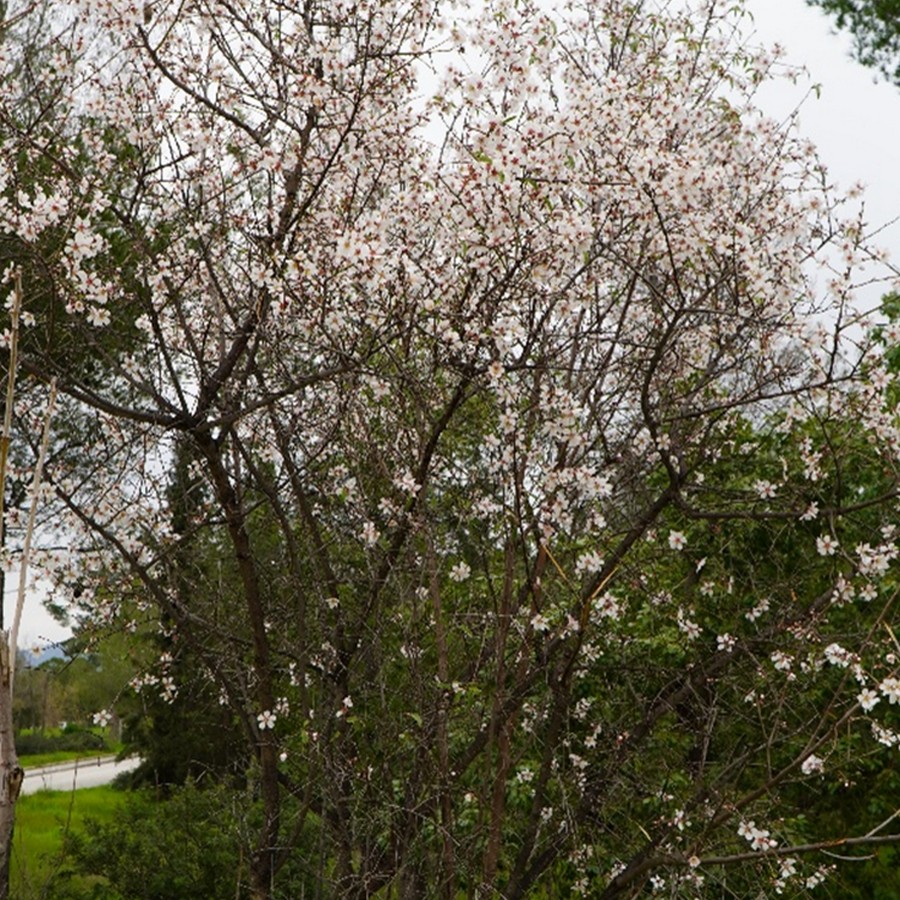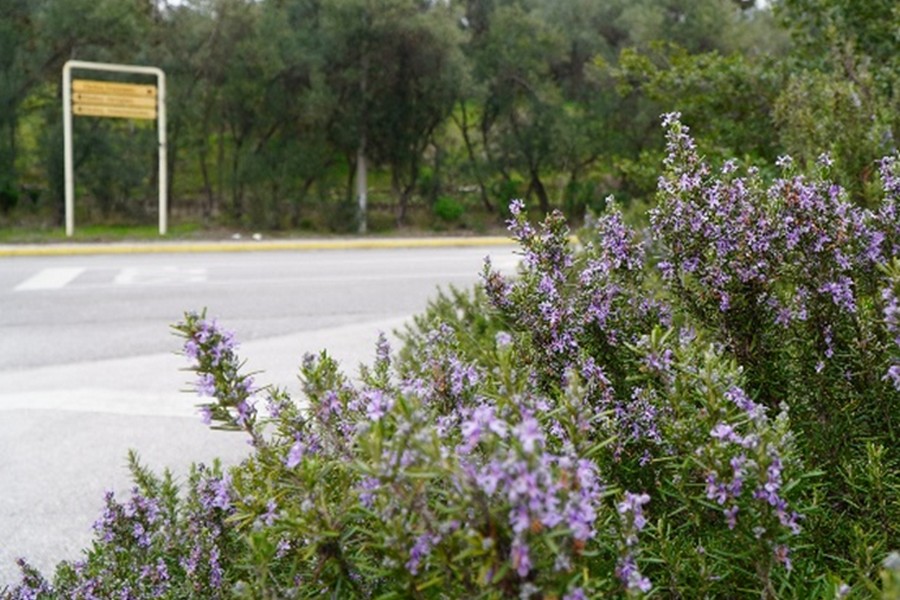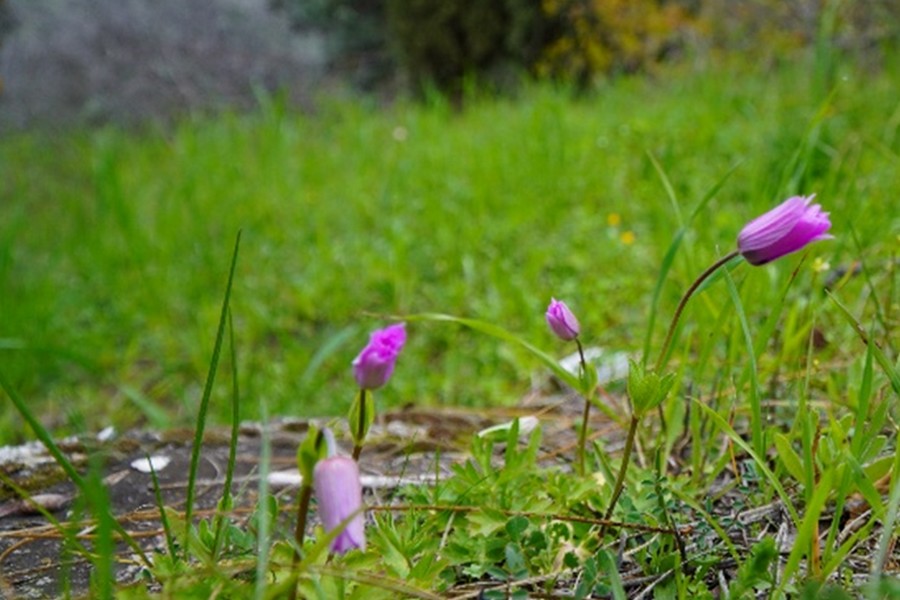Improvement of the exterior spaces and green roofs
The Zografou Polytechnic Park is a living example of extensively green plot that contributes to tackling climate change and reducing the phenomenon of urban heat island. The Polytechnic University has selected specific types of trees with good adaptability to dry and hot conditions, which are characteristic of the Mediterranean climate and have low water needs. Some of these species include Carob (Ceratonia siliqua), Drys Aria (Quercus ilex), Olive (Olea europaea), Koutsoupia (Cercis siliquastrum), Almond (Prunus amygdalus) and Pistacia atlantica.
In addition, the areas with low vegetation in the Park consist of shrubs and herbaceous plants of the Mediterranean, such as Pistacia lentiscus, Oak (Quercus coccifera), Rosemary (Rosmarinus officinalis), Ladania (Cistus creticus, C. salvifolius), Asphodelus ramosus, Globularia alypum, Ballota acetabulosa, Rabbit grass (Prasium majus) and Bulb, Muscari commutatum.
To alleviate the phenomenon of urban heat island, tree lines have been placed in parking lots and along roads. These trees provide shade that improves bioclimatic conditions in gathering places and routes near School buildings.
In the Technical University of Zografou, the areas near the border with the Municipality of Zografou are home to various types of trees, classified based on location and soil uses:
- Near the Technical Lyceum Kyparissia and Aleppo Pines predominate.
- At the Sports Center parking lot: Variety of Aleppo Pine, Pine Trees, Cypresses and Eucalyptus.
- At the Sports Center: Olives, Koutsoupies and Aleppo Pines.
- Along the fencing around the garbage track parking lot: The dominant trees are the Eucalyptus and the Koutsoupies.
- Along Alimos – Katehaki Avenue: Aleppo Pines predominate in large numbers, as well as Olives, Cypresses, and Koukounaries.
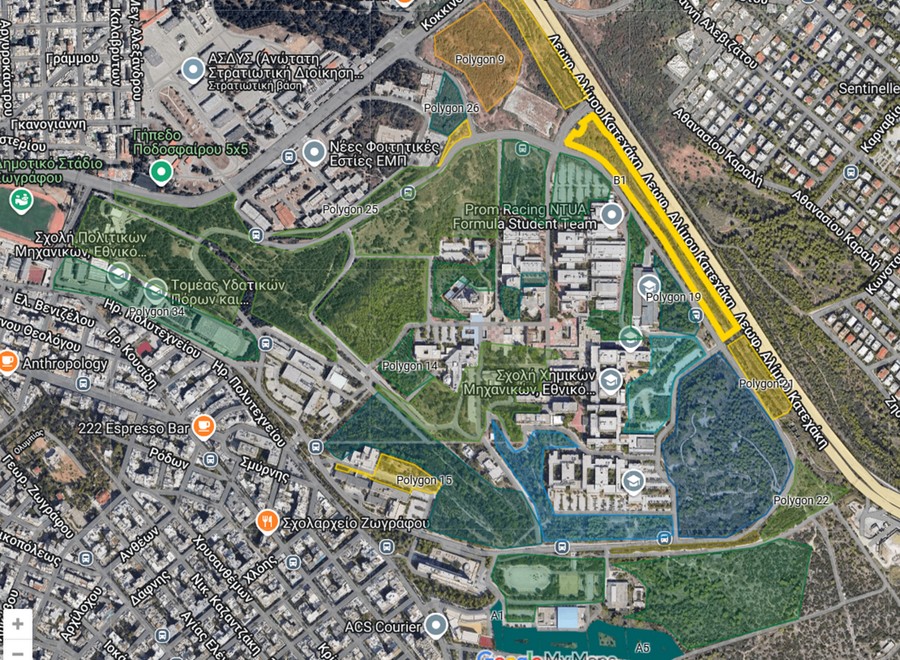
Fig. 20. Overview of greenery in the Polytechnic University of Greens
Tree plantings in each area contribute to the improvement of climatic conditions, reduce surface and air temperature and consequently urban heat and offer visual and sound protection. Specifically, the dense planting of olive trees also serves as acoustic and visual insulator of the space.
The management of residues from tree pruning is utilized through mulching techniques to maintain soil moisture and reduce weeds, thus contributing to plant health and growth.
Finally, the environmental awareness actions have been planned with the assistance of volunteer groups of students and educational staff, coordinated by Professor Alexandros Papagiannis, who serves as head of the working group for the Environment of the Special Senate Committee on Energy and Environmental Management. Through these actions, the Polytechnic University seeks to develop a deeper understanding and commitment to sustainability in the university community.

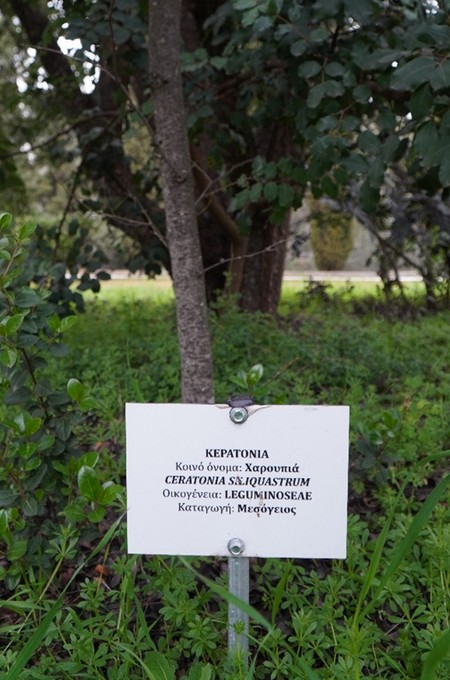
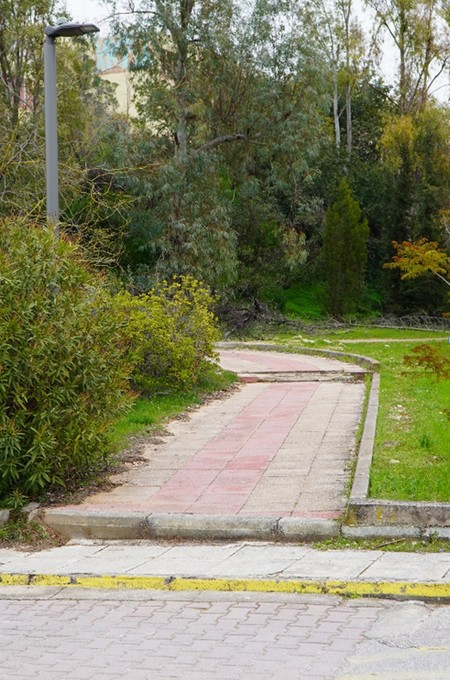
The academic facilities are surrounded by extensive green spaces. The Polytechnic University already has extensive green spaces, as it is adjacent to Mount Hymettus and includes tree-planted areas and small groves. The National Technical University of Athens implements interventions for the further enhancement and maintenance of greenery: new trees have been planted, and gardens have been landscaped, with the aim of creating more rest and shade areas for the university community.
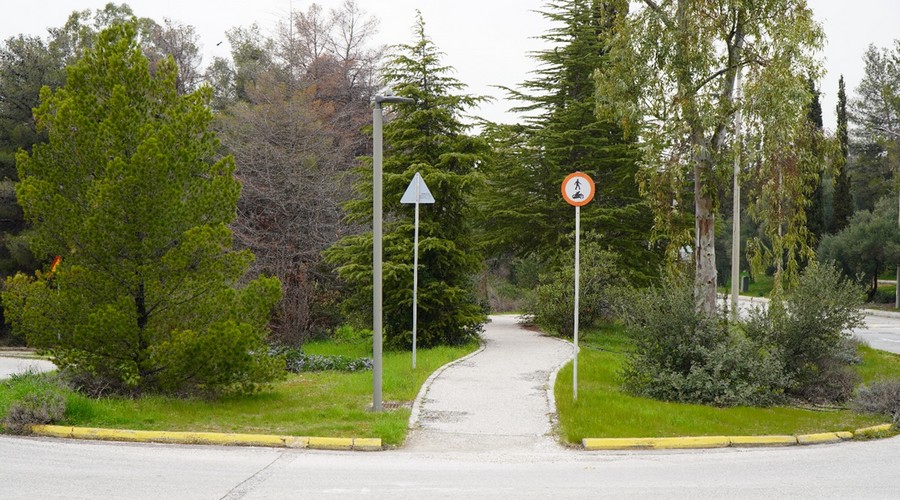
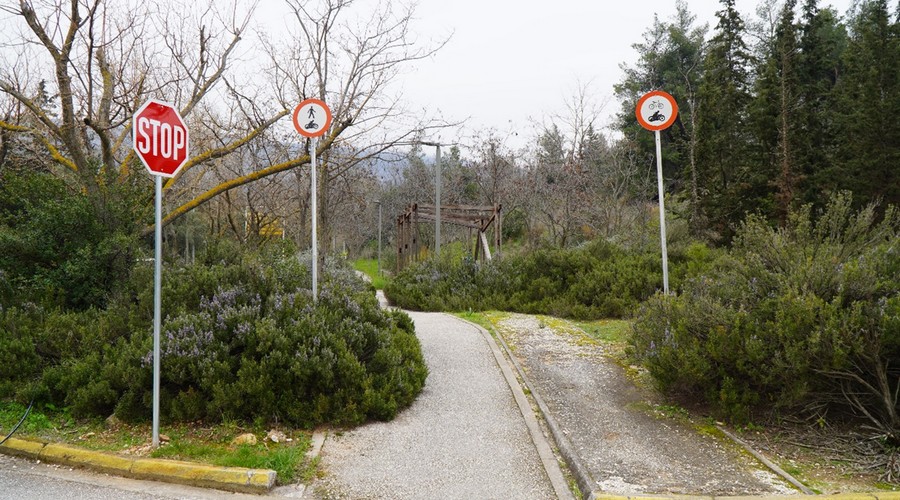
The enhancement of biodiversity is a priority in the regeneration of the surrounding area of the Polytechnic University. In new plantings, native species of plants and trees of the Mediterranean flora are selected, which are resilient to the local climate and support local fauna (birds, insects, e.t.c.).
For example, local species such as pines, cypresses, olives and aromatic shrubs are used in tree planting, so that the campus is in harmony with the natural environment of Hymettus. These options reduce irrigation requirements and create habitats that encourage biodiversity. Already, the NTUA sustainability plan envisions the creation of more green spaces and the enrichment of biodiversity on campus, with actions that will supplement the flora and fauna of the area.
